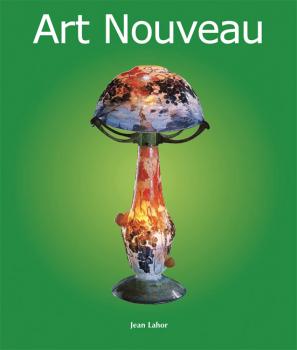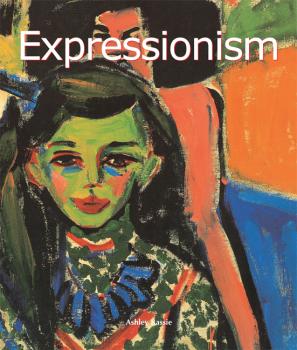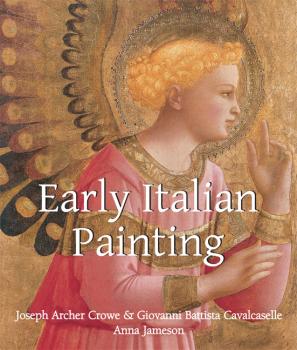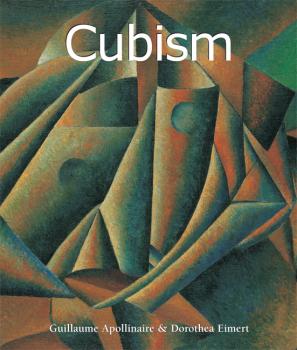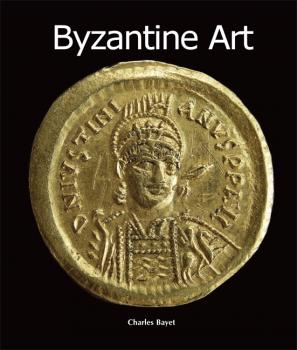Art of Century
Скачать книги из серии Art of CenturyArt Nouveau
Art Nouveau gives a name to the decorative and architectural style developed in the 1880s and 1890s in the West. Born in reaction to the Industrial Revolution and to the creative vacuum it left behind, Art Nouveau was at the heart of a “renaissance” in the decorative arts. The primary objective of the movement was the creation of a new aesthetic of nature through a return to the study of natural subjects. In order to achieve this, artists such as Gustav Klimt, Koloman Moser, Antoni Gaudí, Jan Toorop, and William Morris favoured innovation in technique and novelty of forms. After its triumph at the Paris Universal Exposition in 1900, the trend continued and has inspired many artists ever since. Art Deco, the successor of Art Nouveau, appeared after World War II.
The Fauves
Born at the dawn of the 20th century, Fauvism burst onto the artistic scene at the 1905 Salon d'Automne with great controversy by throwing bright, vibrant colours in the face of artistic convention. Fuelled by change, artists like Matisse, Derain, and Vlaminck searched for a new chromatic language by using colour out of its habitual context. Freed from the strict technique advocated by the École des Beaux-Arts, they used blocky colours as their main resource, saturating their stunning paintings. The author invites us to experience this vivid artistic evolution that, although encompassing a short amount of time, left its mark on the path to modernity.
Expressionism
Max Beckmann, Otto Dix, George Grosz, Emil Nolde, E.L. Kirchner, Paul Klee, Franz Marc as well as the Austrians Oskar Kokoschka and Egon Schiele were among the generation of highly individual artists who contributed to the vivid and often controversial new movement in early twentieth-century Germany and Austria: Expressionism. This publication introduces these artists and their work. The author, art historian Ashley Bassie, explains how Expressionist art led the way to a new, intense, evocative treatment of psychological, emotional and social themes in the early twentieth century. The book examines the developments of Expressionism and its key works, highlighting the often intensely subjective imagery and the aspirations and conflicts from which it emerged while focusing precisely on the artists of the movement.
Early Italian Painting
Oscillating between the majesty of the Greco-Byzantine tradition and the modernity predicted by Giotto, Early Italian Painting addresses the first important aesthetic movement that would lead to the Renaissance, the Italian Primitives. Trying new mediums and techniques, these revolutionary artists no longer painted frescos on walls, but created the first mobile paintings on wooden panels. The faces of the figures were painted to shock the spectator in order to emphasise the divinity of the character being represented. The bright gold leafed backgrounds were used to highlight the godliness of the subject. The elegance of both line and colour were combined to reinforce specific symbolic choices. Ultimately the Early Italian artists wished to make the invisible visible. In this magnificent book, the authors emphasise the importance that the rivalry between the Sienese and Florentine schools played in the evolution of art history. The reader will discover how the sacred began to take a more human form through these forgotten masterworks, opening a discrete but definitive door through the use of anthropomorphism, a technique that would be cherished by the Renaissance.
Byzantine Art
For more than a millennium, from its creation in 330 CE until its fall in 1453, the Byzantine Empire was a cradle of artistic effervescence that is only beginning to be rediscovered. Endowed with the rich heritage of Roman, Eastern, and Christian cultures, Byzantine artists developed an architectural and pictorial tradition, marked by symbolism, whose influence extended far beyond the borders of the Empire. Today, Italy, North Africa, and the Near East preserve the vestiges of this sophisticated artistic tradition, with all of its mystical and luminous beauty. The magnificence of the palaces, churches, paintings, enamels, ceramics, and mosaics from this civilisation guarantees Byzantine art's powerful influence and timelessness.
Baroque Art
The Baroque period lasted from the beginning of the seventeenth century to the middle of the eighteenth century. Baroque art was artists’ response to the Catholic Church’s demand for solemn grandeur following the Council of Trent, and through its monumentality and grandiloquence it seduced the great European courts. Amongst the Baroque arts, architecture has, without doubt, left the greatest mark in Europe: the continent is dotted with magnificent Baroque churches and palaces, commissioned by patrons at the height of their power. The works of Gian Lorenzo Bernini of the Southern School and Peter Paul Rubens of the Northern School alone show the importance of this artistic period. Rich in images encompassing the arts of painting, sculpture and architecture, this work offers a complete insight into this passionate period in the history of art.
The Arts & Crafts Movement
“Have nothing in your house that you do not know to be useful, or believe to be beautiful.” This quote alone from William Morris could summarise the ideology of the Arts & Crafts movement, which triggered a veritable reform in the applied arts in England. Founded by John Ruskin, then put into practice by William Morris, the Arts & Crafts movement promoted revolutionary ideas in Victorian England. In the middle of the “soulless” Industrial Era, when objects were standardised, the Arts & Crafts movement proposed a return to the aesthetic at the core of production. The work of artisans and meticulous design thus became the heart of this new ideology, which influenced styles throughout the world, translating the essential ideas of Arts & Crafts into design, architecture and painting.
